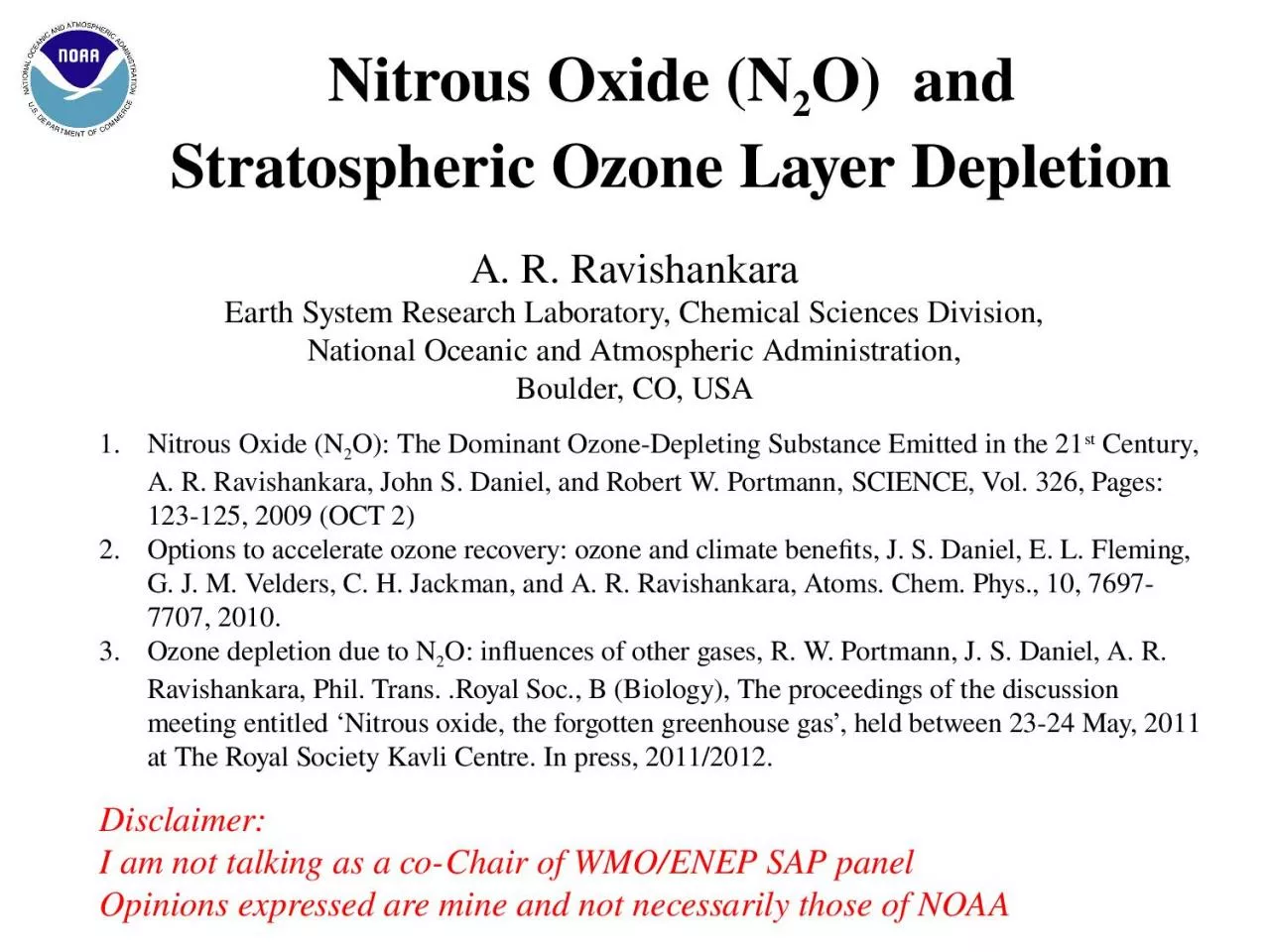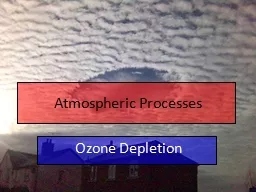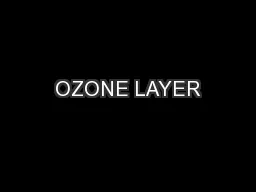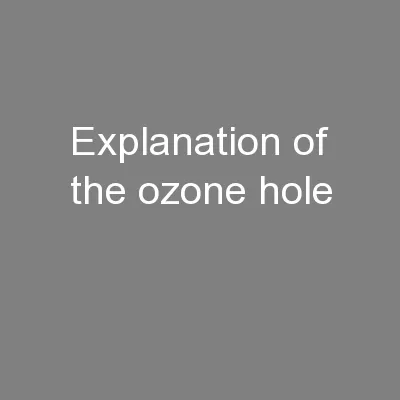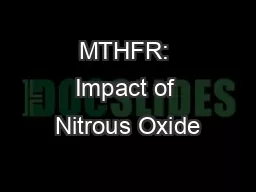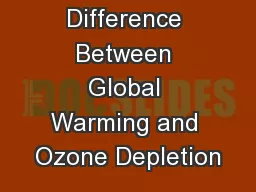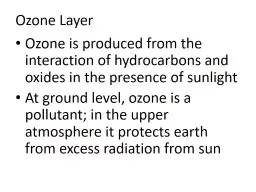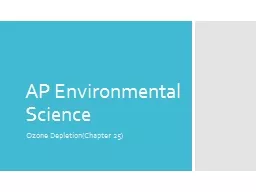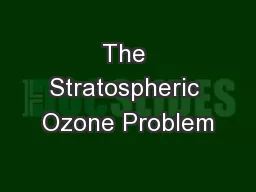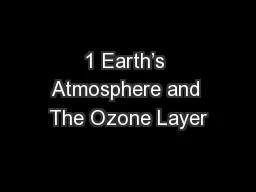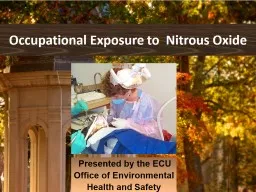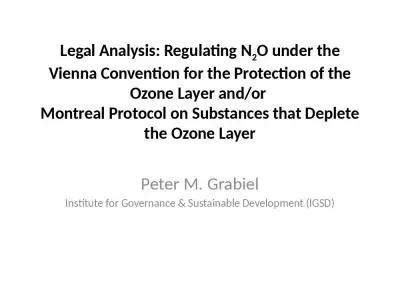PPT-Nitrous Oxide (N 2 O ) and Stratospheric Ozone Layer Depletion
Author : clara | Published Date : 2023-07-23
Nitrous Oxide N 2 O The Dominant OzoneDepleting Substance Emitted in the 21 st Century A R Ravishankara John S Daniel and Robert W Portmann SCIENCE Vol
Presentation Embed Code
Download Presentation
Download Presentation The PPT/PDF document "Nitrous Oxide (N 2 O ) and Stratospheri..." is the property of its rightful owner. Permission is granted to download and print the materials on this website for personal, non-commercial use only, and to display it on your personal computer provided you do not modify the materials and that you retain all copyright notices contained in the materials. By downloading content from our website, you accept the terms of this agreement.
Nitrous Oxide (N 2 O ) and Stratospheric Ozone Layer Depletion: Transcript
Download Rules Of Document
"Nitrous Oxide (N 2 O ) and Stratospheric Ozone Layer Depletion"The content belongs to its owner. You may download and print it for personal use, without modification, and keep all copyright notices. By downloading, you agree to these terms.
Related Documents

